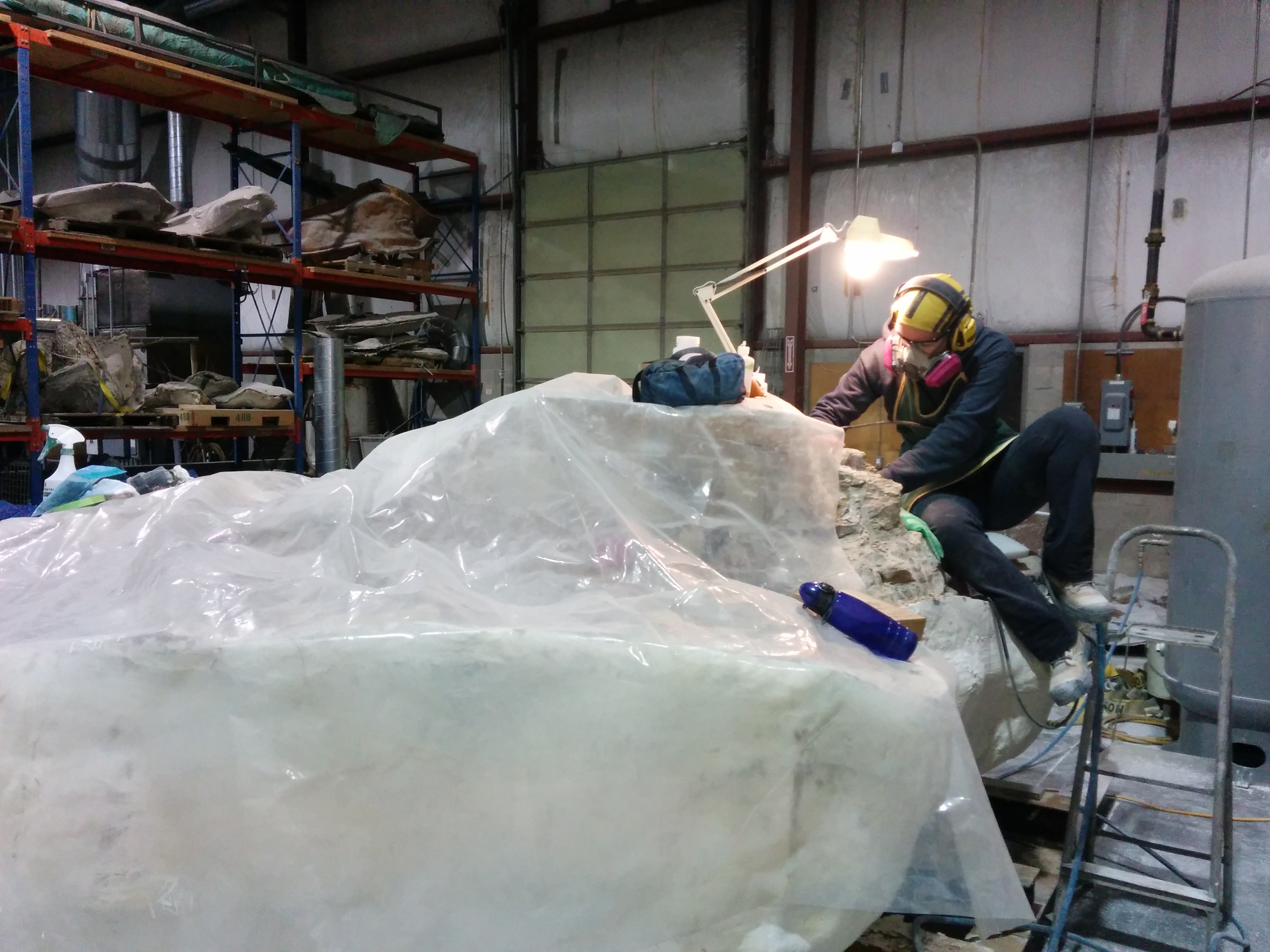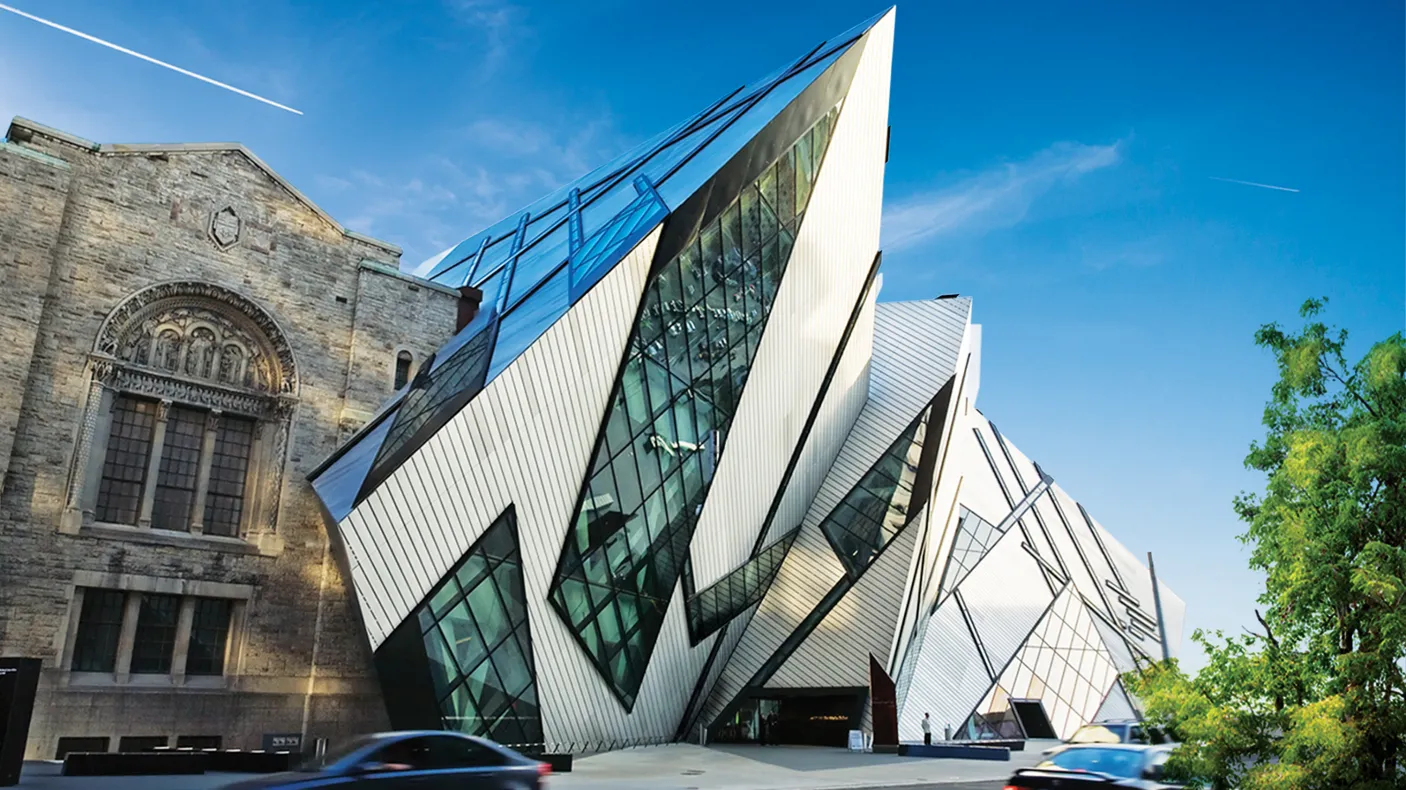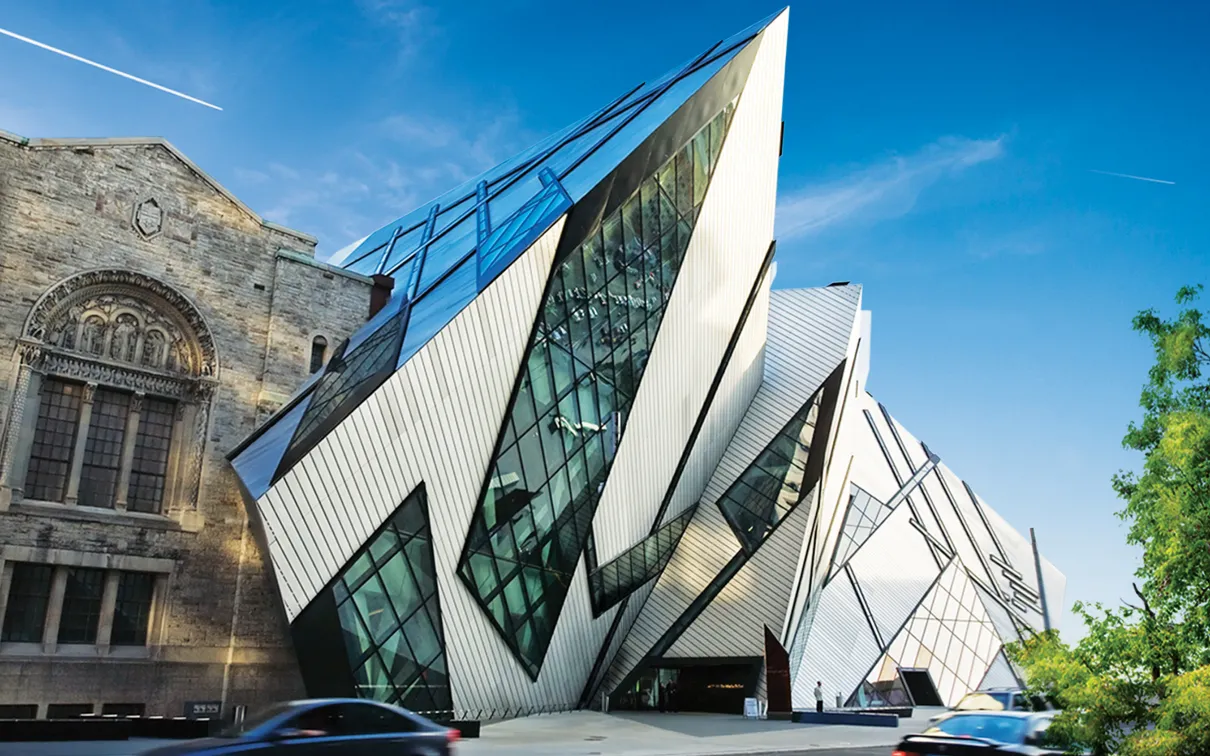Taking off Zuul’s jacket
Published
Categories
Author
Blog Post
Introducing the Zuul Preparation Blog Series: Robin Sissons is a technician at Research Casting International, as well as a scientist with an MSc from the University of Alberta on ankylosaurs. Robin will be working on preparing Zuul’s belly from its encasing rock over the next few years. Stay tuned for updates from Robin on her progress as she works on this 15 000 kg block of rock and fossil!

It is often easy to forget about all of the hard work that goes on behind the scenes of a new fossil display or discovery in the news. From hot days walking across outcrop to find specimens, to hours of painstaking preparation to get the specimen ready for research and display, to dedicated study by palaeontologists to discover what has been found, many people are involved in the discovery of a new species. After discovery and excavation from
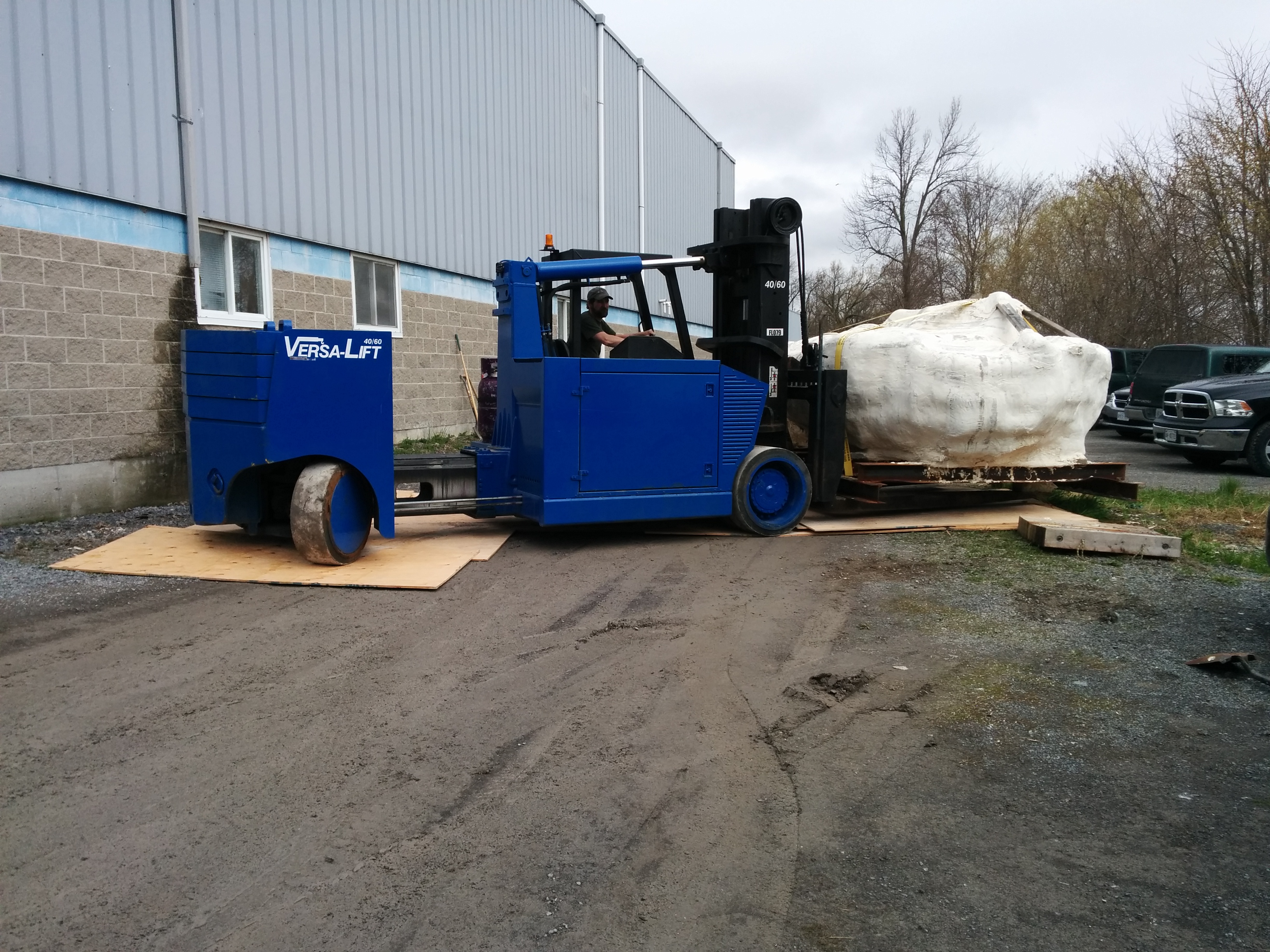
Zuul was encased in a protective field jacket of plaster and burlap to ensure his safe travel from
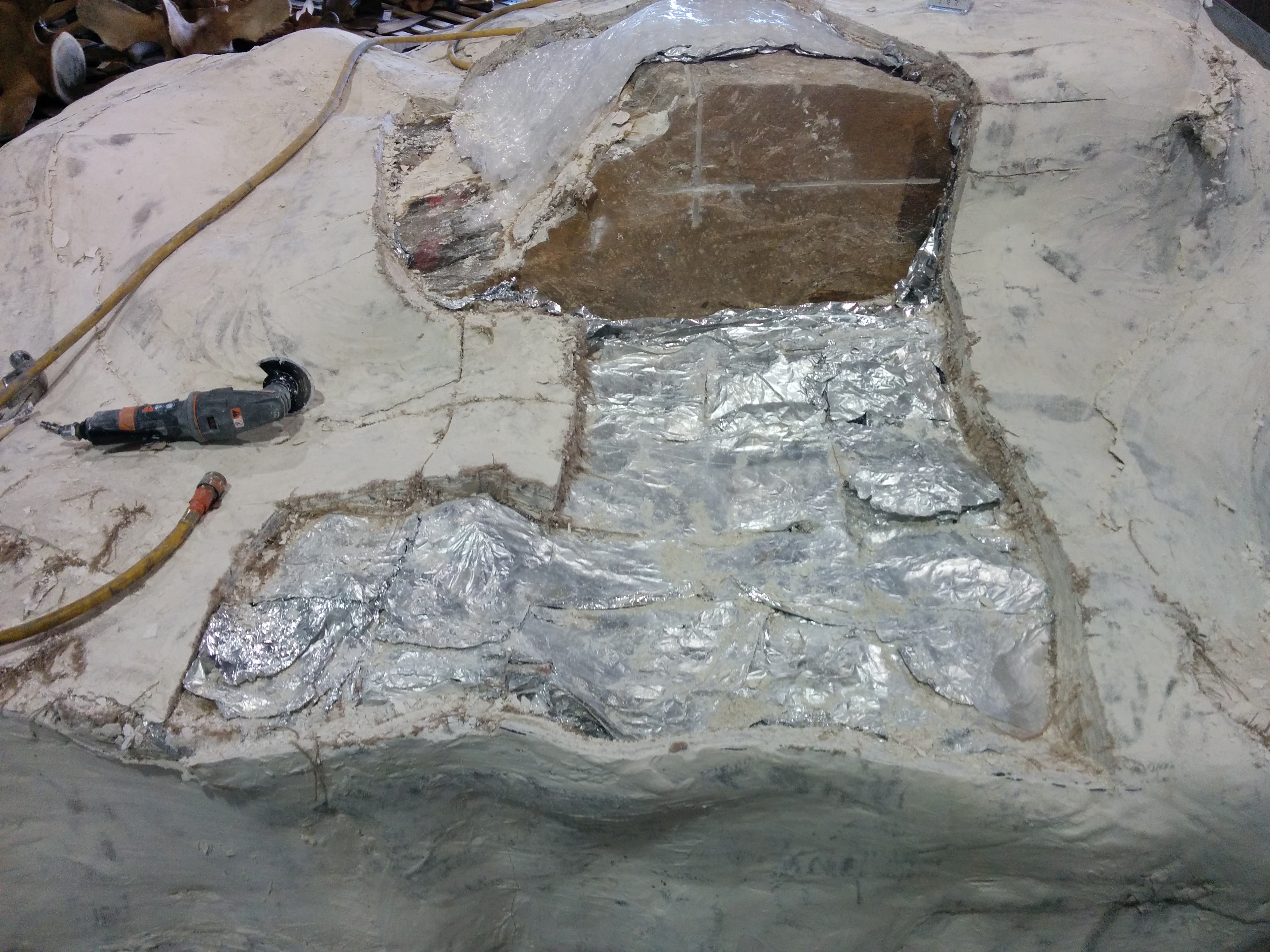
Zuul is partially articulated, which means that many of its bones are in life position, but some have drifted apart. This makes preparation slow and cautious, as a disarticulated bone or associated soft tissue could be preserved in an unexpected location. As well as Zuul’s body, additional fossils are preserved in the rock layers, such as clams, snails, turtles, crocodiles, fragments of wood, leaves, pinecones and more. A turtle shell was spotted on the main block during excavation, and will be the first project to complete now that the jacket is off. These additional fossils are important for understanding the environment and ecology of the Cretaceous landscape that Zuul inhabited.
